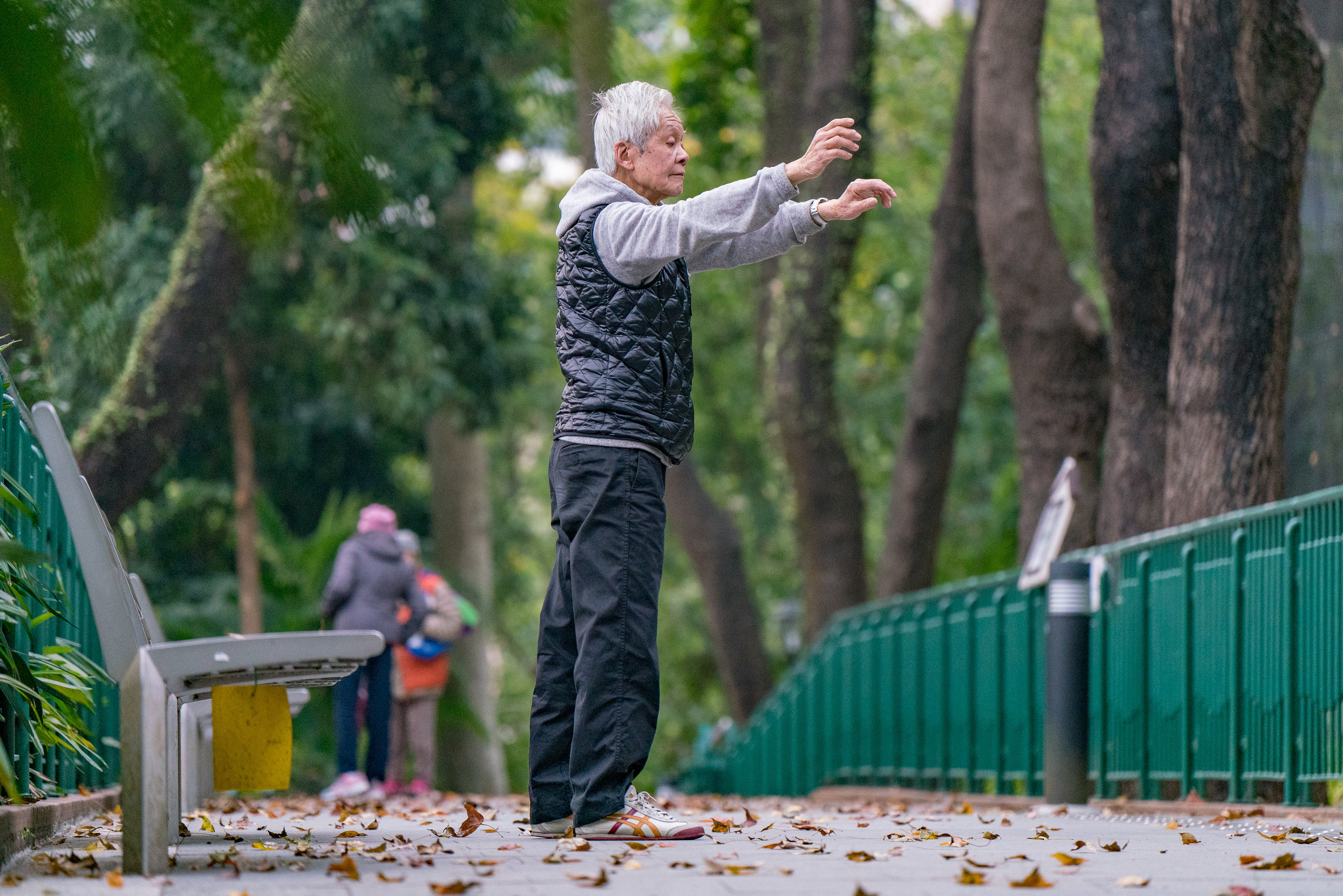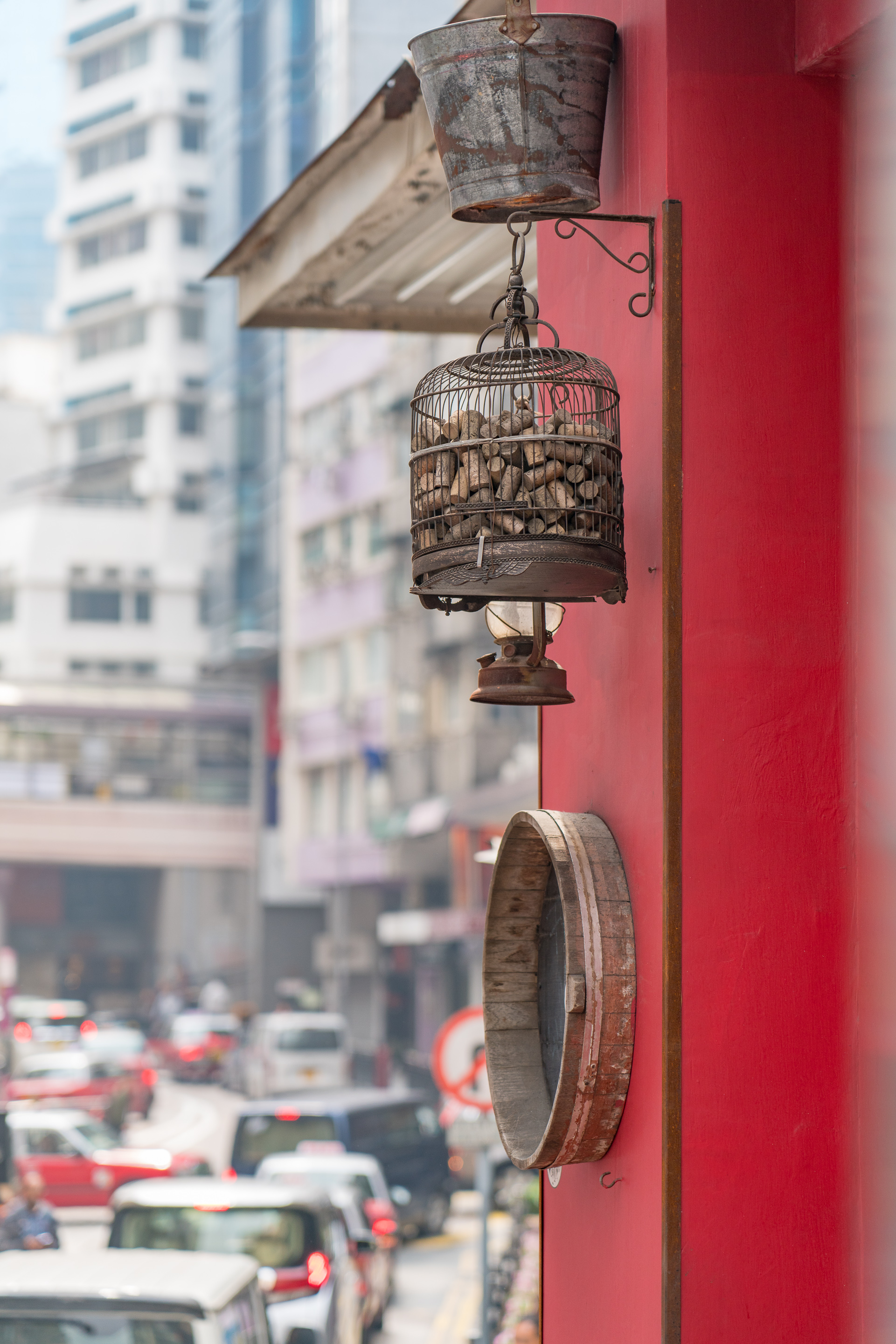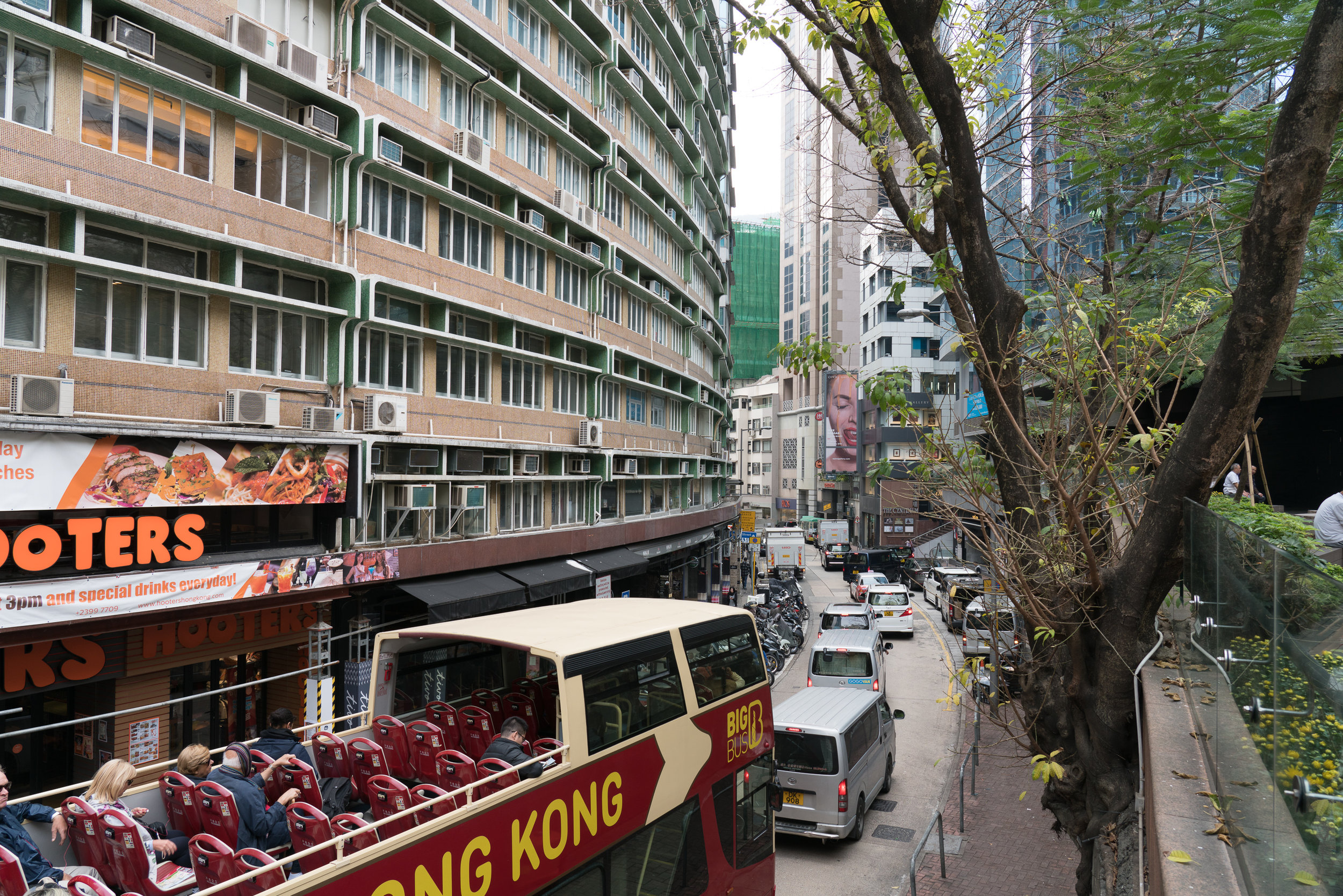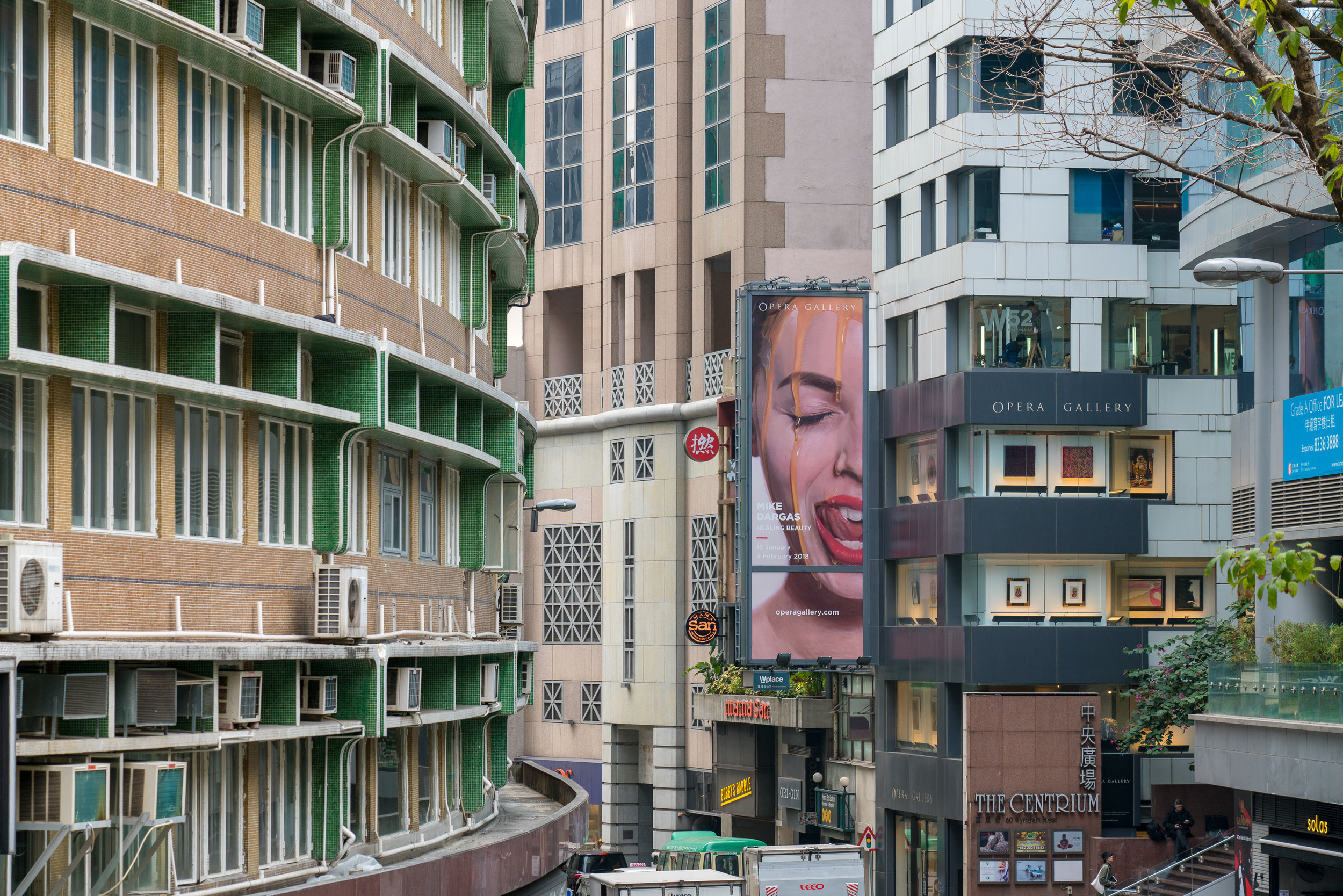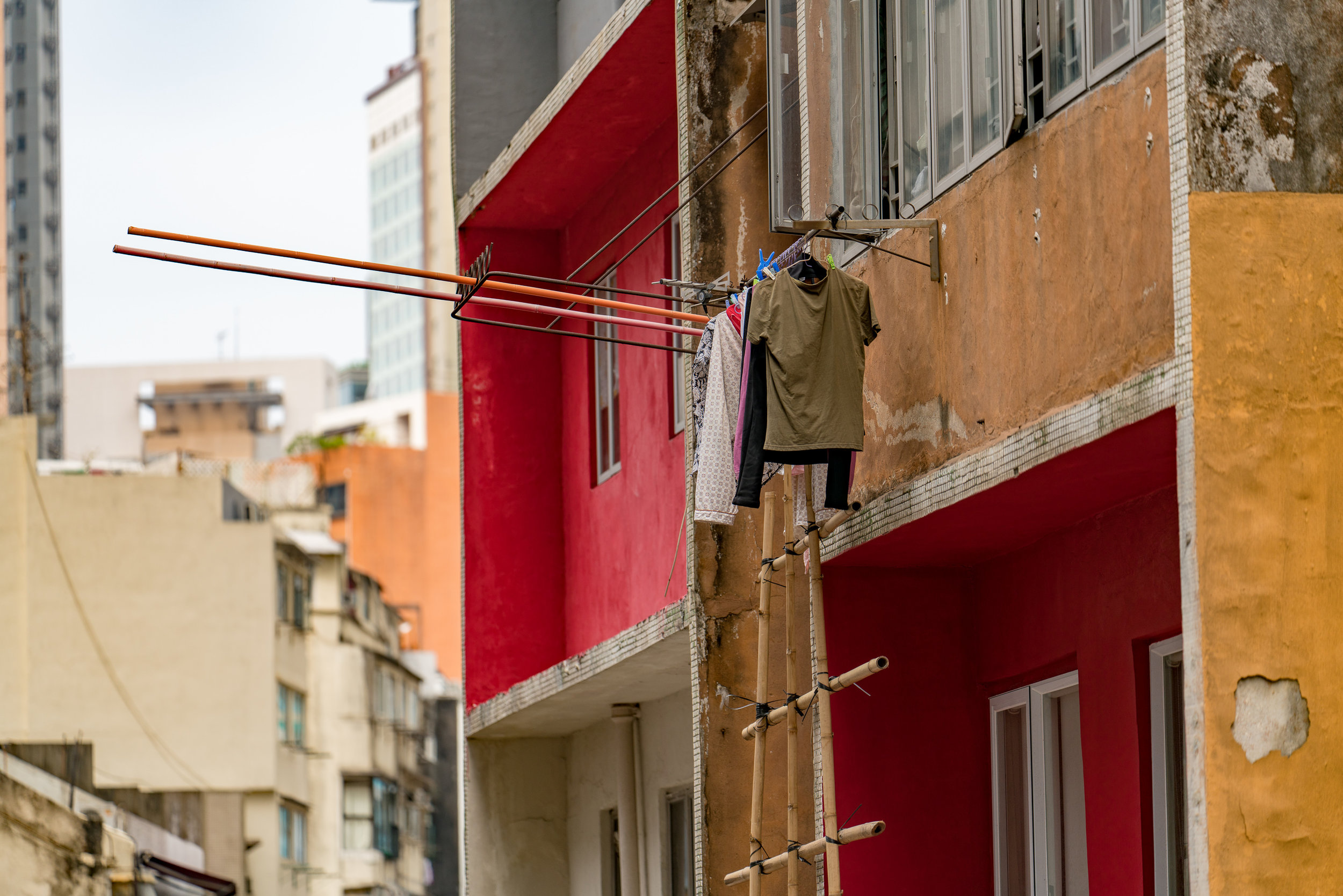Travels with the 24-105G and Batis 135
I thought these two lenses might make a perfect travel pair: The versatility of the 24-105, combined with the reach and sharpness of the Batis 135. Both are new lenses, and together they also meet several other of my travel requirements: keep it down to two lenses, of which at least one is a prime; find some way to take photos of people without getting in their face; and the entire package must fit in my smallest sling bag for absolute portability.
So over the past month these two lenses lived in my Thinktank Turnstyle 5 while I traipsed around Seattle, San Francisco, Boston, Bloomington, Vietnam, and Hongkong. Here's what I found:
- The FE f4/24-105G is indeed the perfect travel lens. Its combination of reach and "acceptable bokeh" (more on this, further down) is good enough to allow me to need only this one lens. If I had to choose one, that is.
- The Batis 2.8/135 is a monster, both in terms of its sharpness and its size/weight. Although smaller and lighter than any other full frame 135 on the market, it's still about the same size as the 24-105 but heavier, and with a far more narrowly defined usage range.
- The 80/80/80 rule: 80% of my photos were from the 24-105. And of those, 80% were taken at the two extremes of 24 and 105 and of those, 80% were taken at 24.
- I liked the zoom so much - and found it so handy - that I had to consciously force myself to put it away and pull out the 135 for very specific situations. Each time I did, I was ecstatic with the results.
- I would probably prefer to use these two lenses each attached to a separate body so that I could use them both more frequently. When one lens was on the camera, I consistently missed shots that I knew would have been better with the other one. They are both too large for the "one-handed lens change" so it takes a bit of work - and time - to do a switch. And we are all aware of the ease with which the A7/9 series pick up gunk on their sensors. Moral: bring a sensor cleaning kit. Always.
f4/24-105 G
Let's start first with this lens. It's sharp, focuses quickly, and offers an ideal range of photographic opportunities. The f/4 is a trade-off for the lower light and "better bokeh" of the 2.8/24-70 but for a travel lens, I would not even consider the latter. Here's why.
Greater Reach = Better Bokeh Effect
The 2.8/24-70 might have greater separation for depth of field, but the 24-105 has greater reach so it's quite easy to get good bokeh at the long end. In other words, 105mm at f/4 compares very well to 70mm at f/2.8. I don't have a direct comparison but here are a few shots taken at the long end, 105 f/4.
Greater Flexibility
As mentioned in this article, the 24-240 offers the best flexibility of any lens, but at a price: it's larger, heavier, not quite as sharp, a bit slower to focus, and jumps up to f/6.3 at the tele end. The f4/24-105G offers reasonable flexibility to take photos at both ends of the zoom spectrum. These two shots were taken from the same location.
Handheld at Night? No Problem
f/2.8 lenses and primes are touted as must-haves for low light photography. With the A7 and A9 series bodies, f/4 works just fine thanks.
About that Batis135
View Full Batis 135 gallery here.
I brought along this lens because it's exactly what i was looking for to capture short tele shots of landscapes and of people, without getting in their face. Working with any prime gives up flexibility in exchange for sharpness. It's always good practice to spend some time with a prime lens as a way of learning to move in and out to achieve the desired 'crop' without having to zoom. This is a bit more difficult with a telephoto prime because it's quite impossible to get shots in crowded places. Or is it?
One issue I had with this lens was the speed of focus. Sometimes it would 'hunt' for the focus, causing me to miss shots. Probably due to fifficult lighting situations but I did not notice the same issue with the 24-105.





